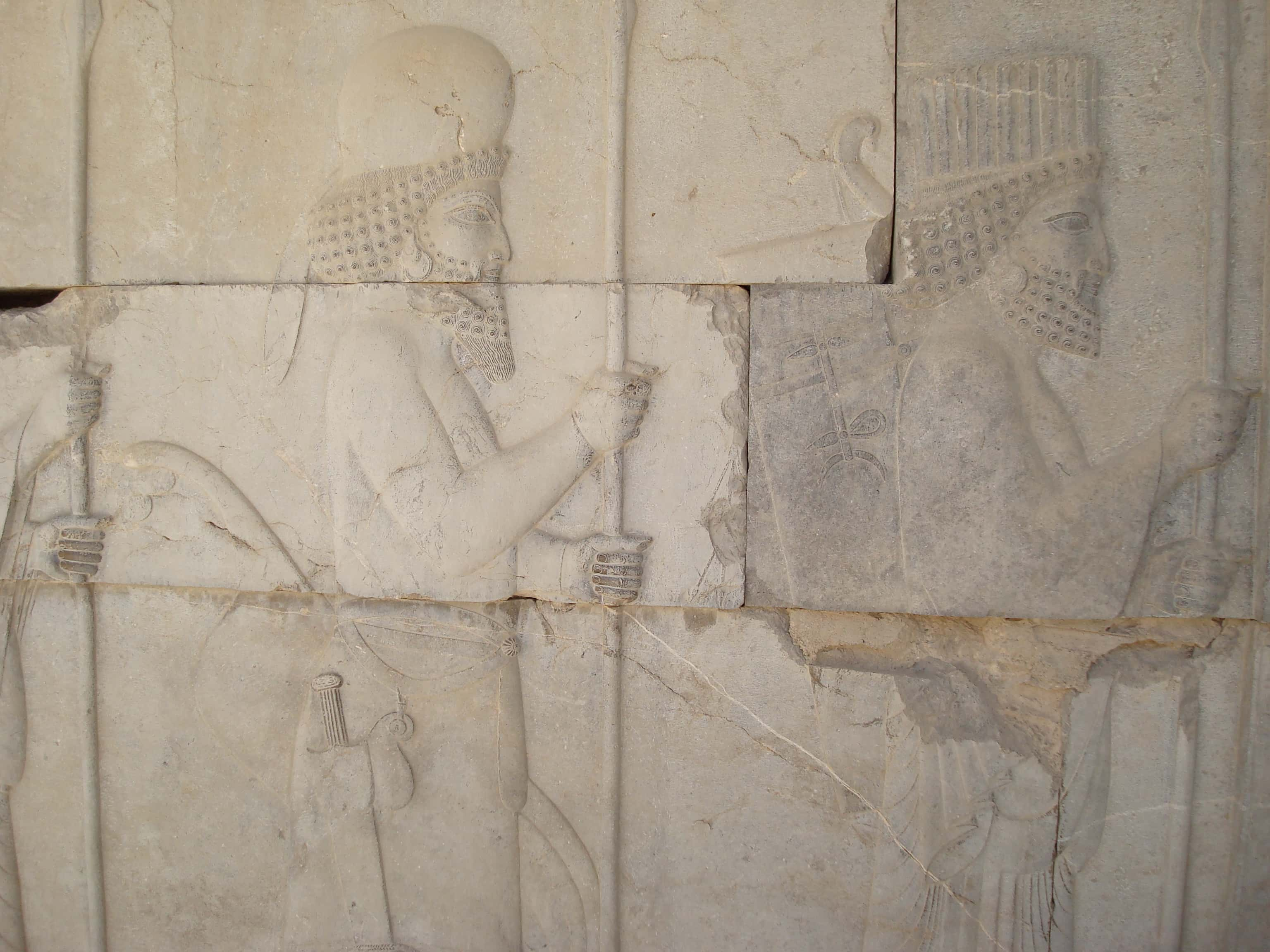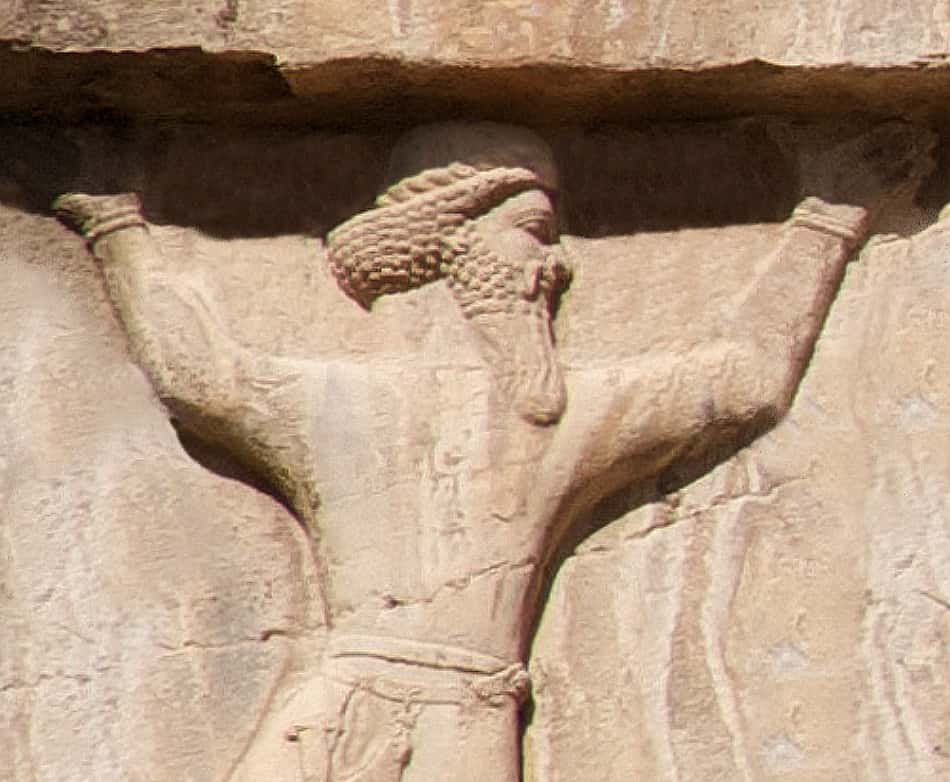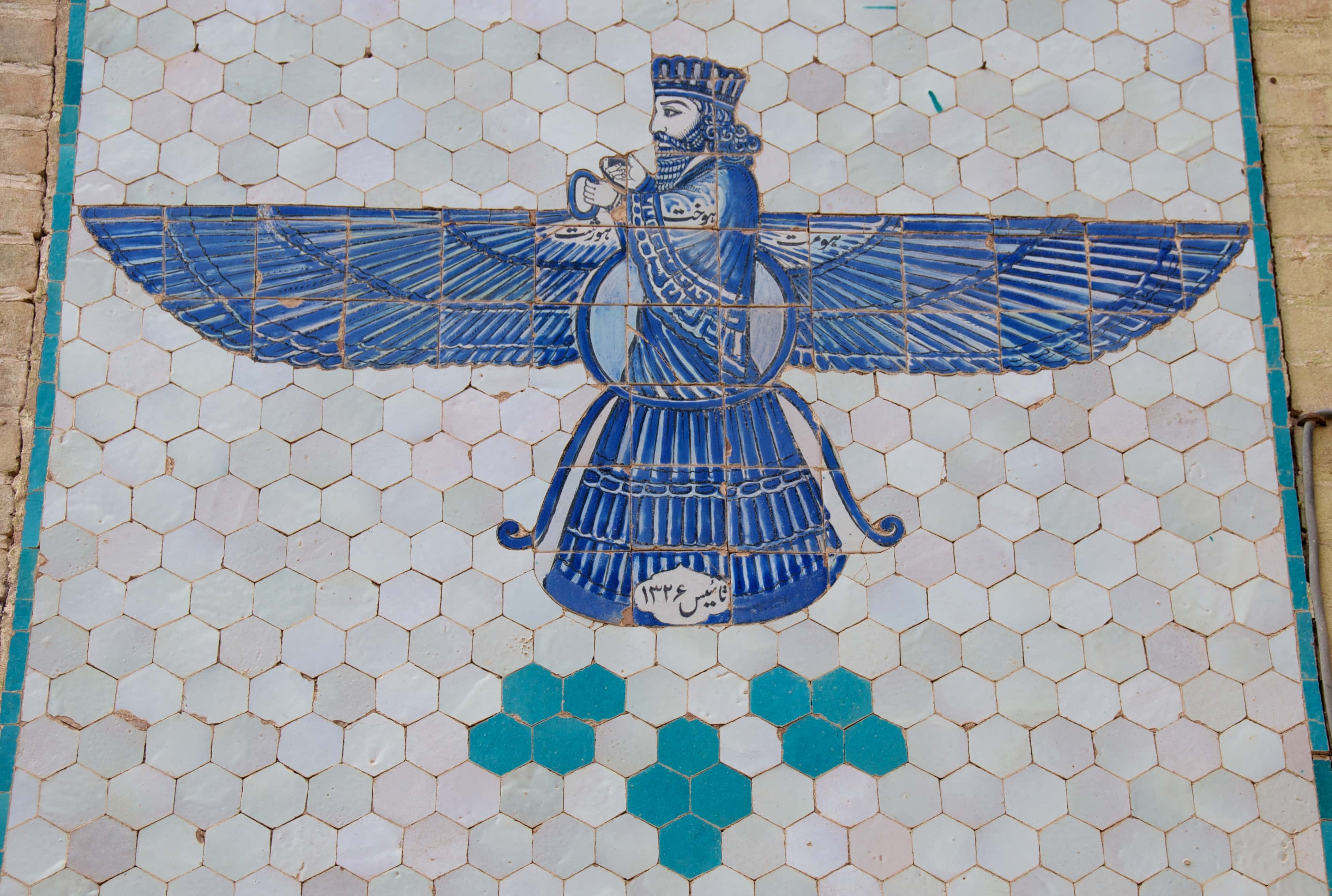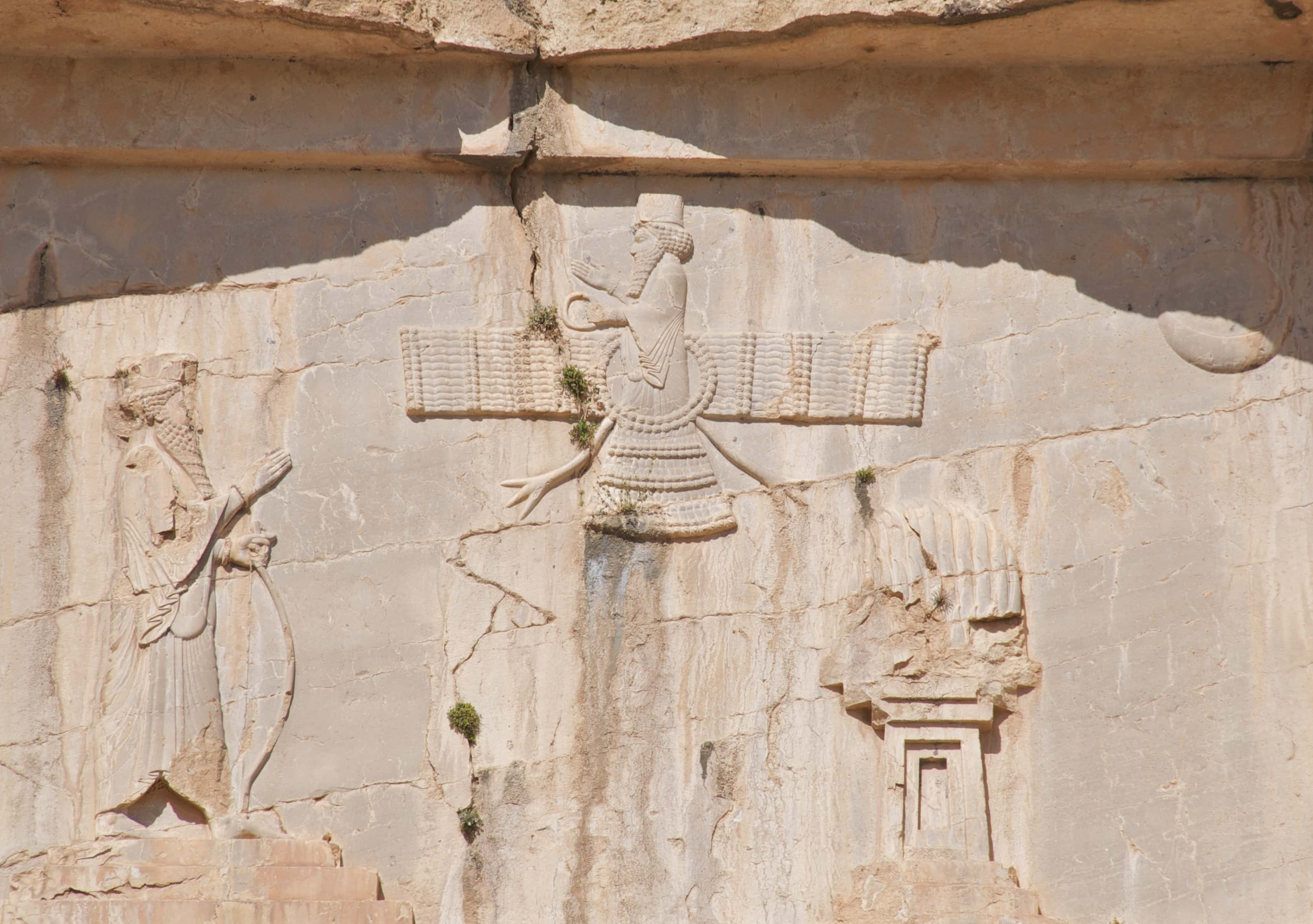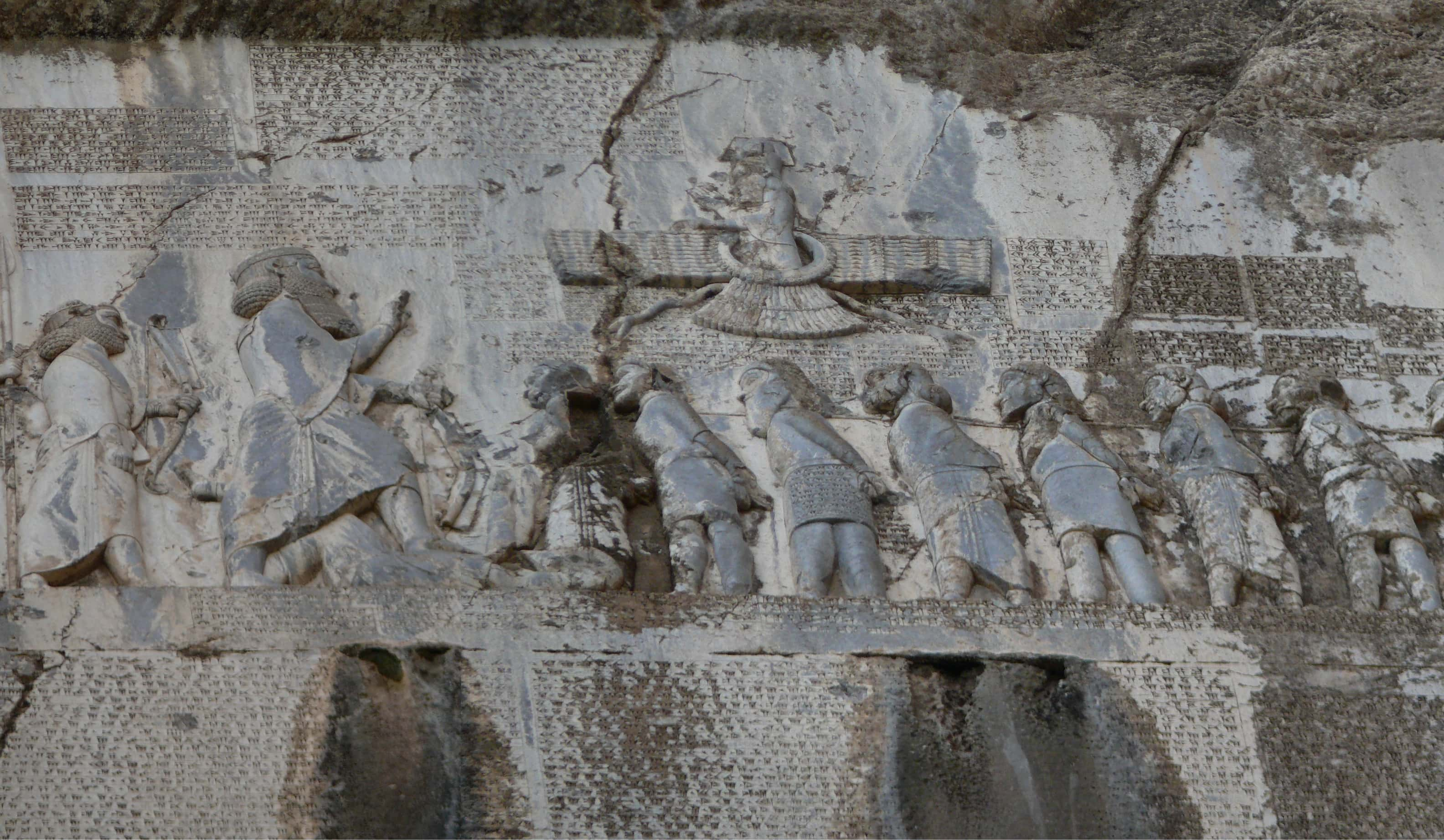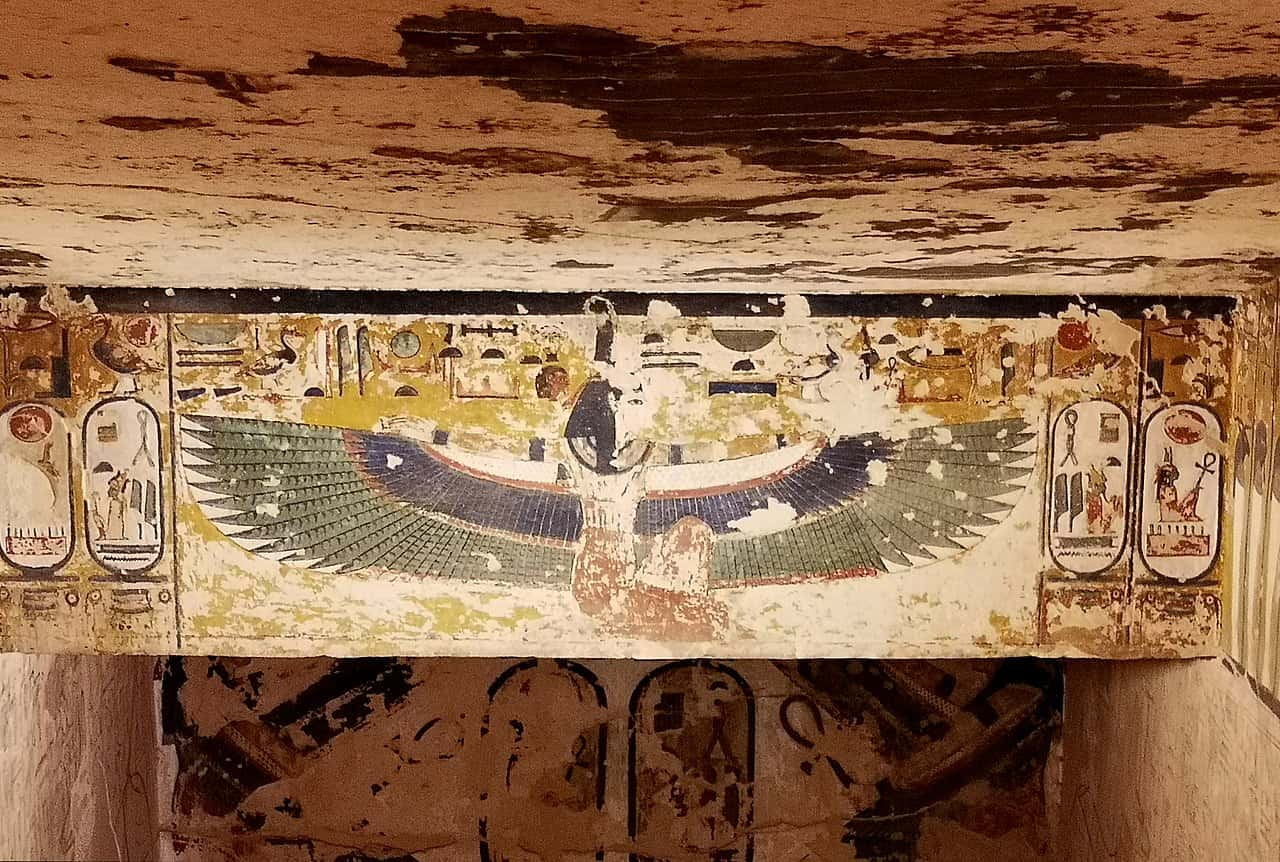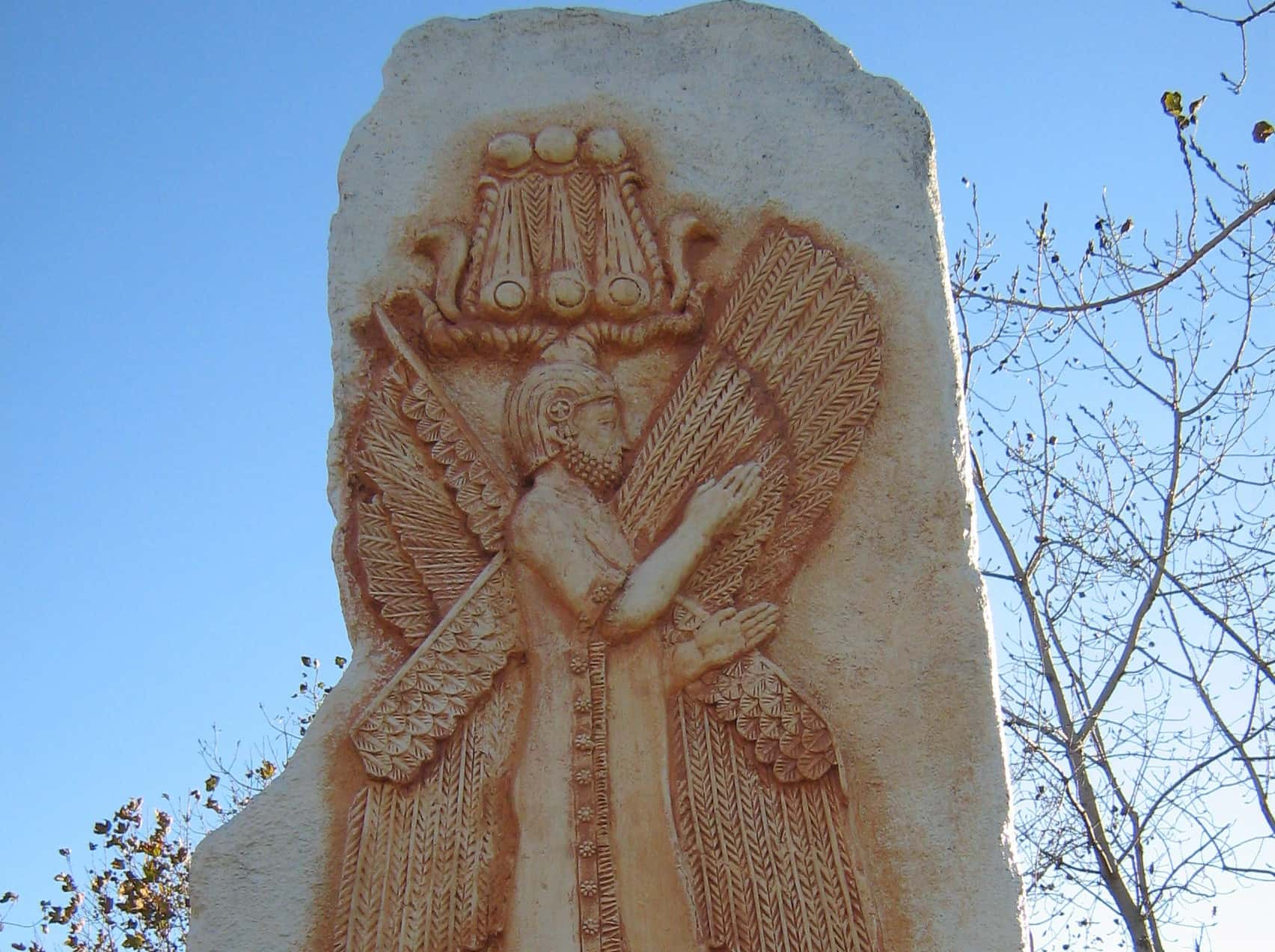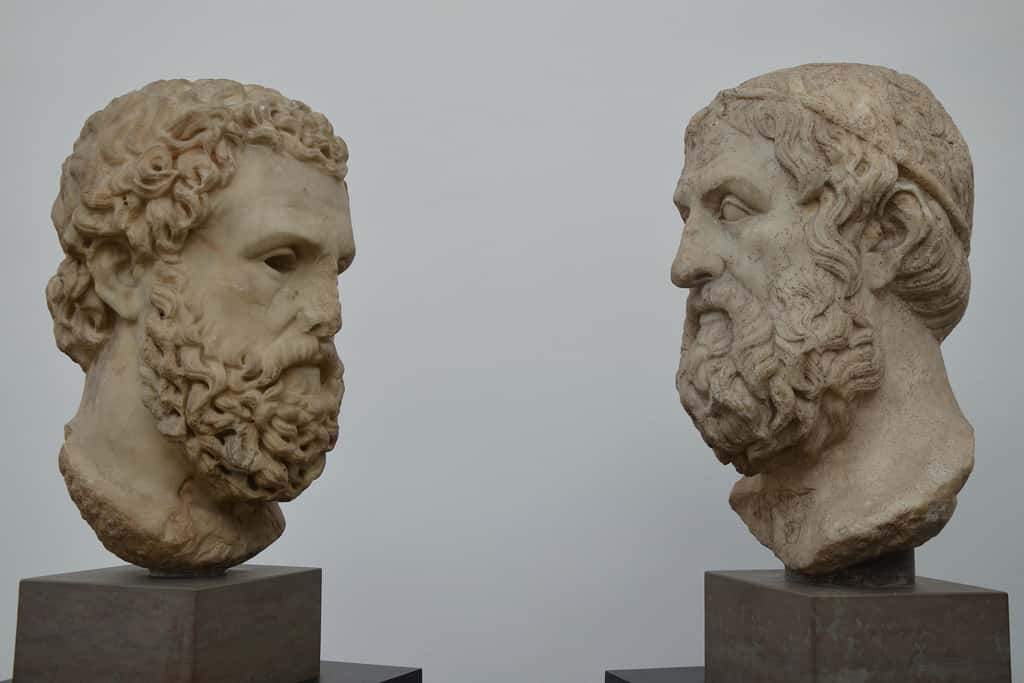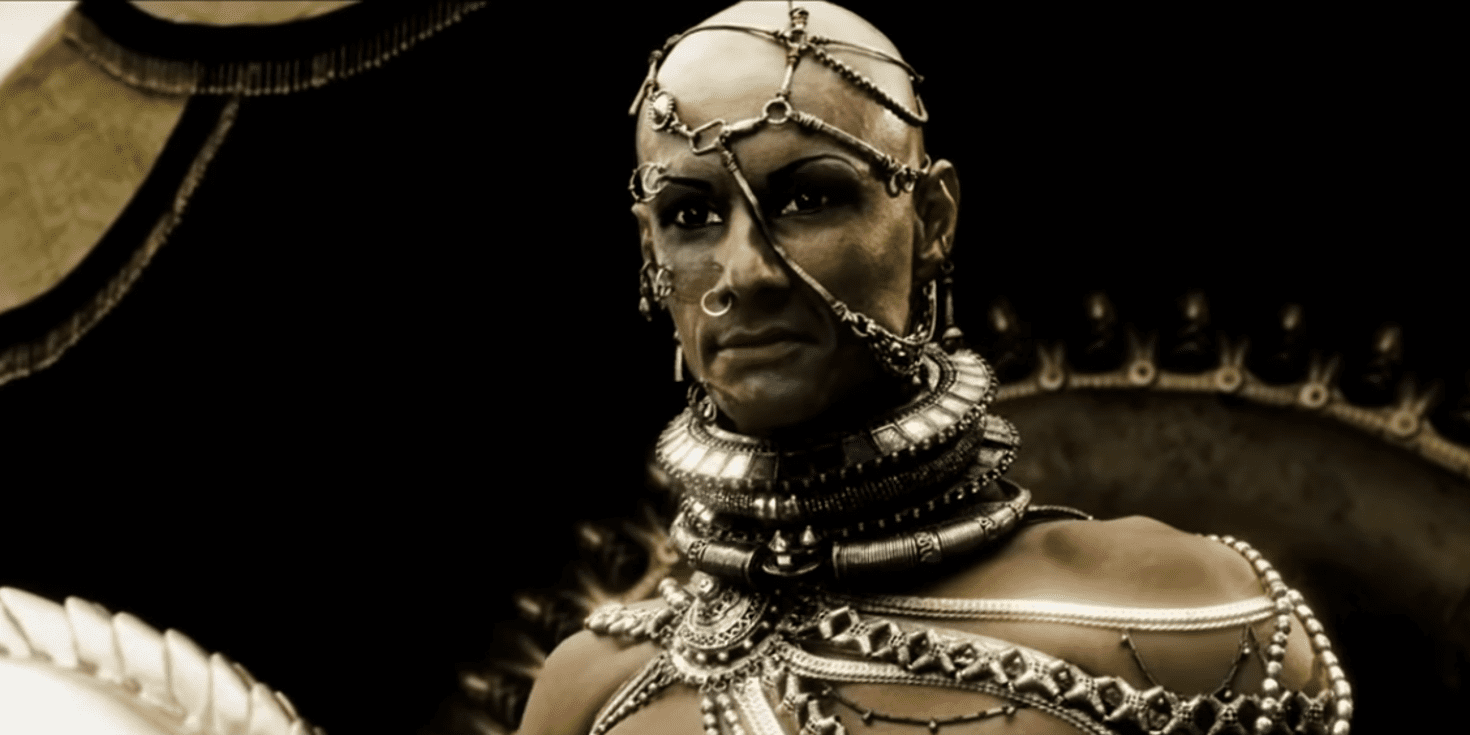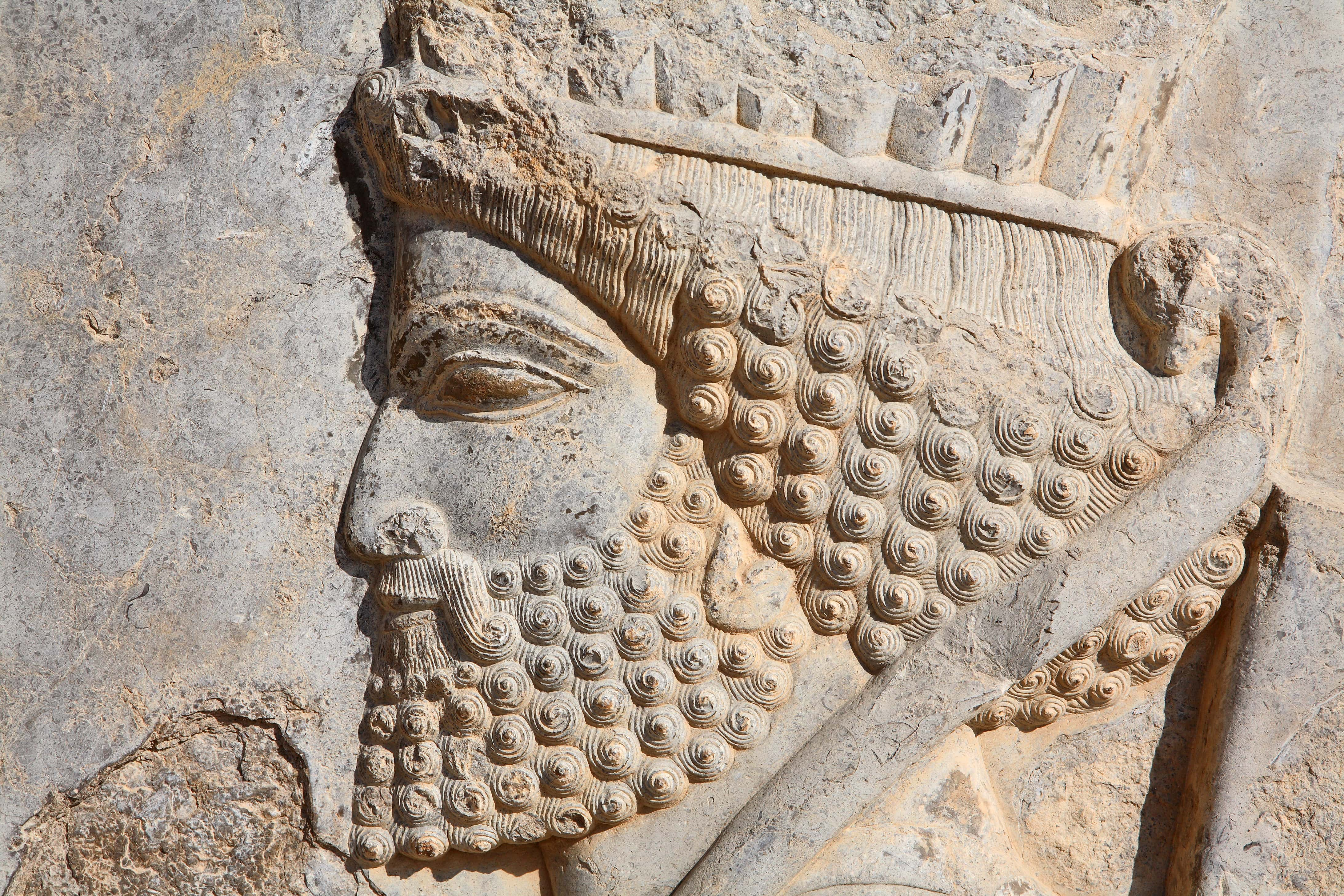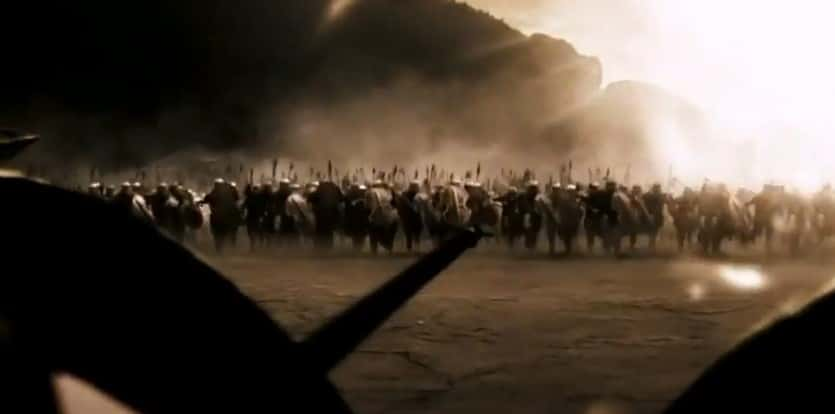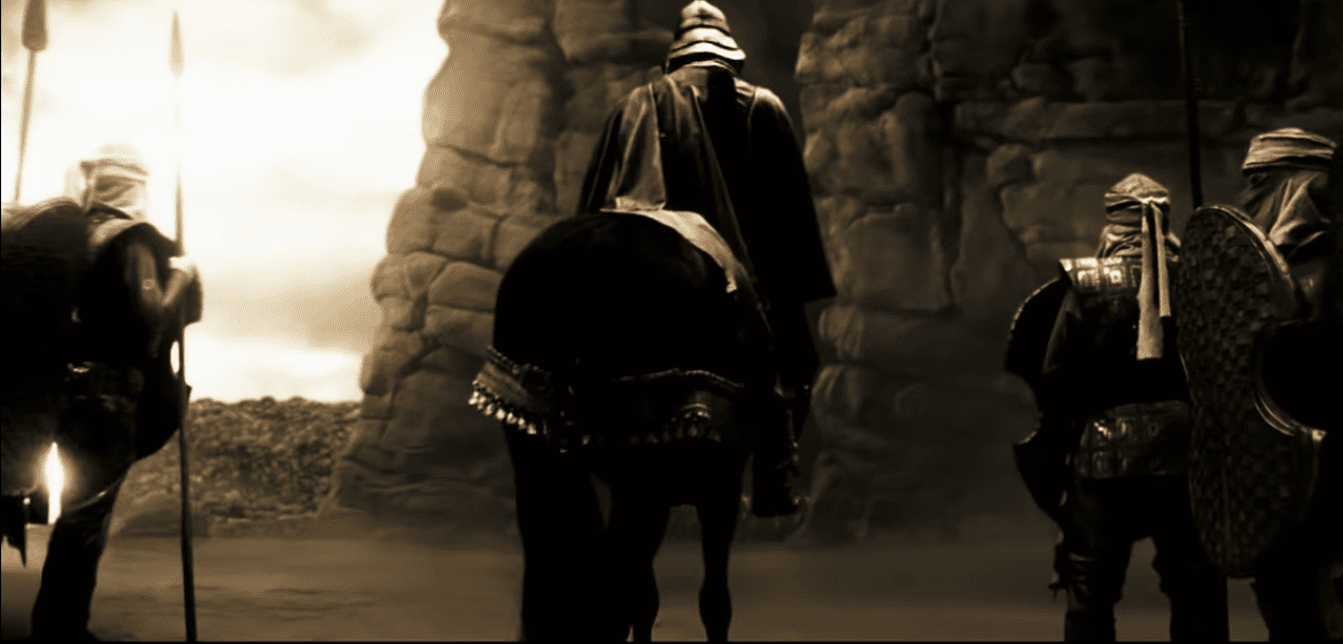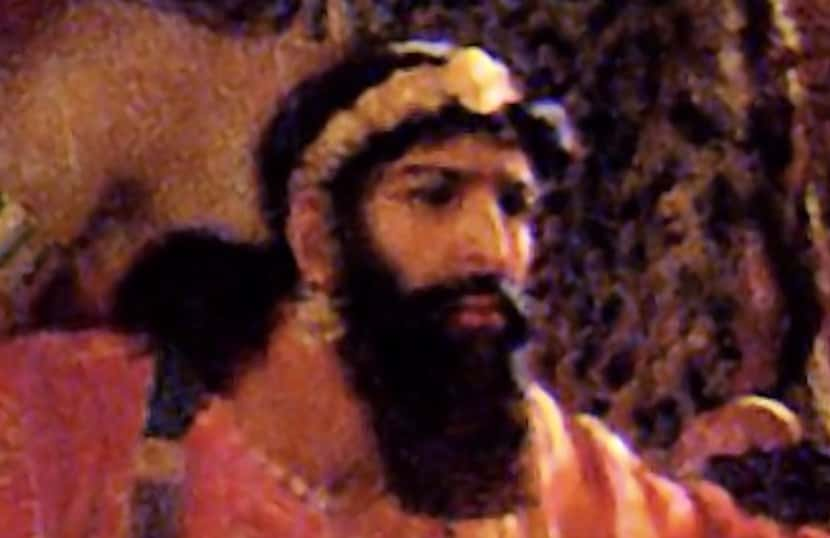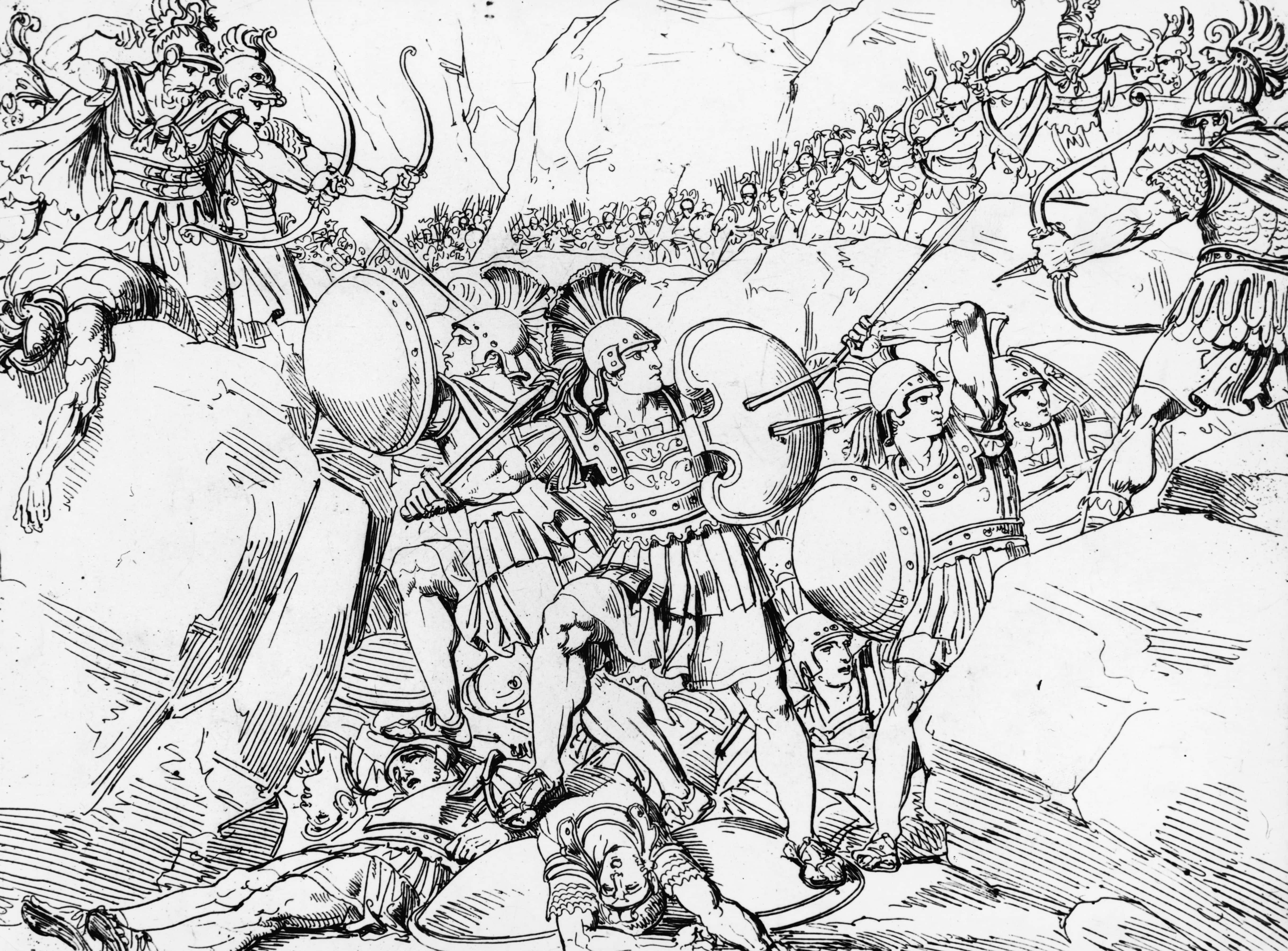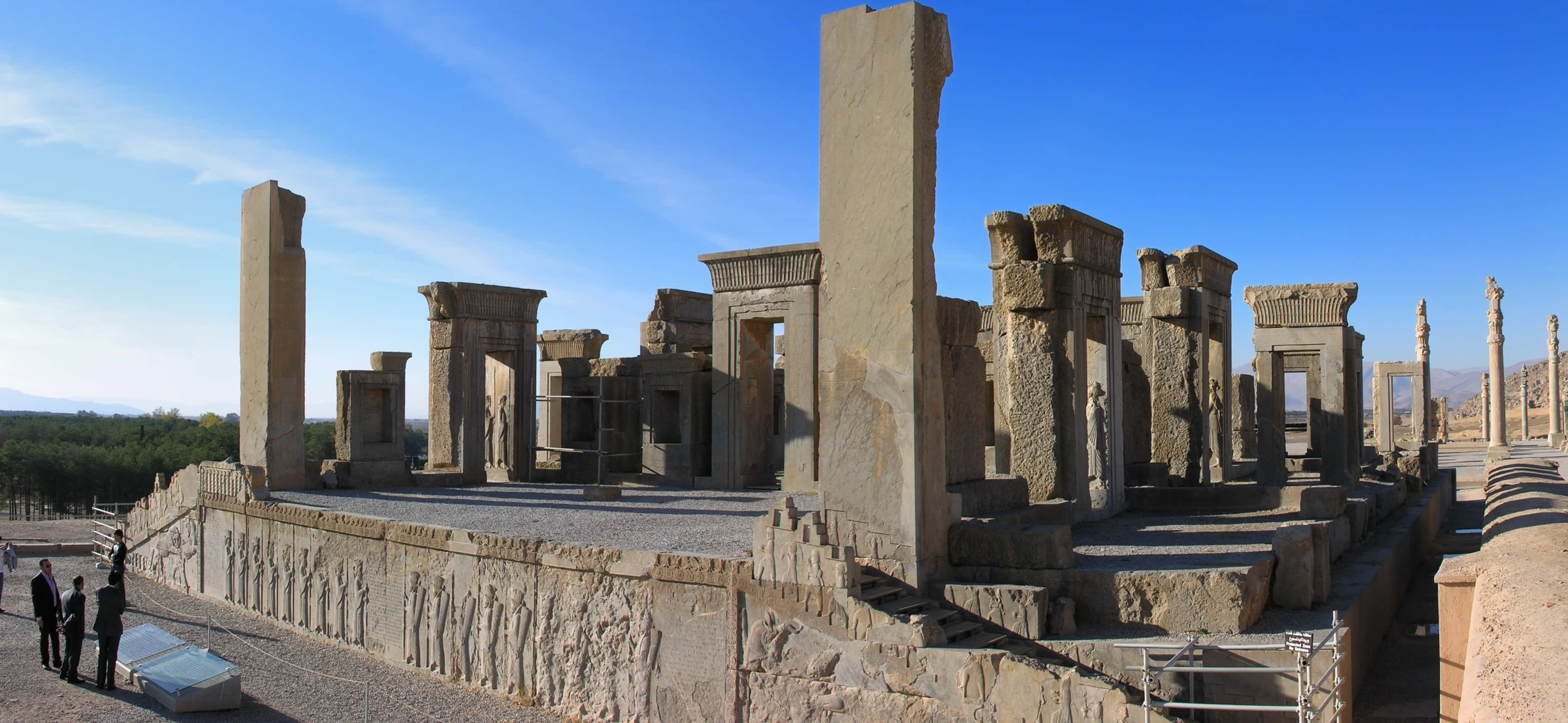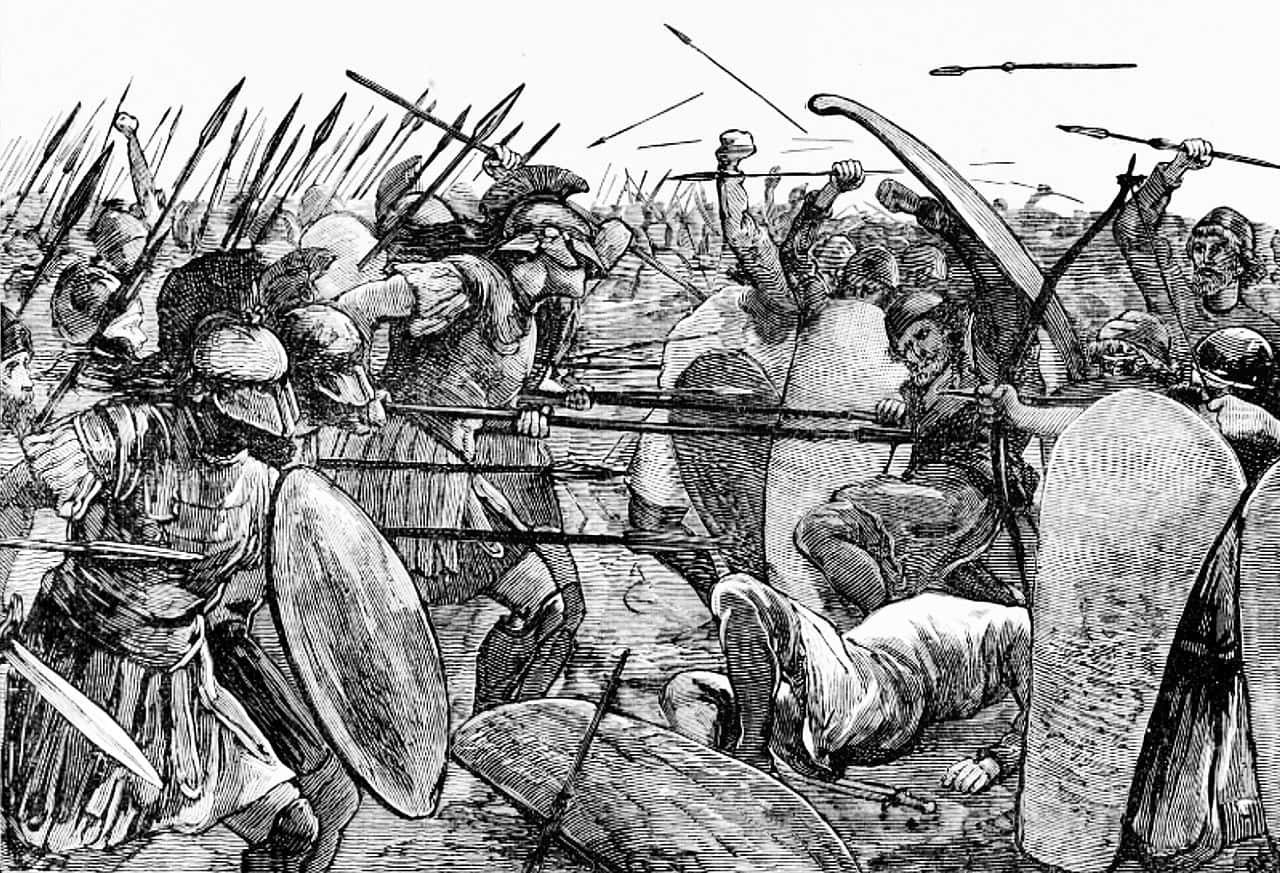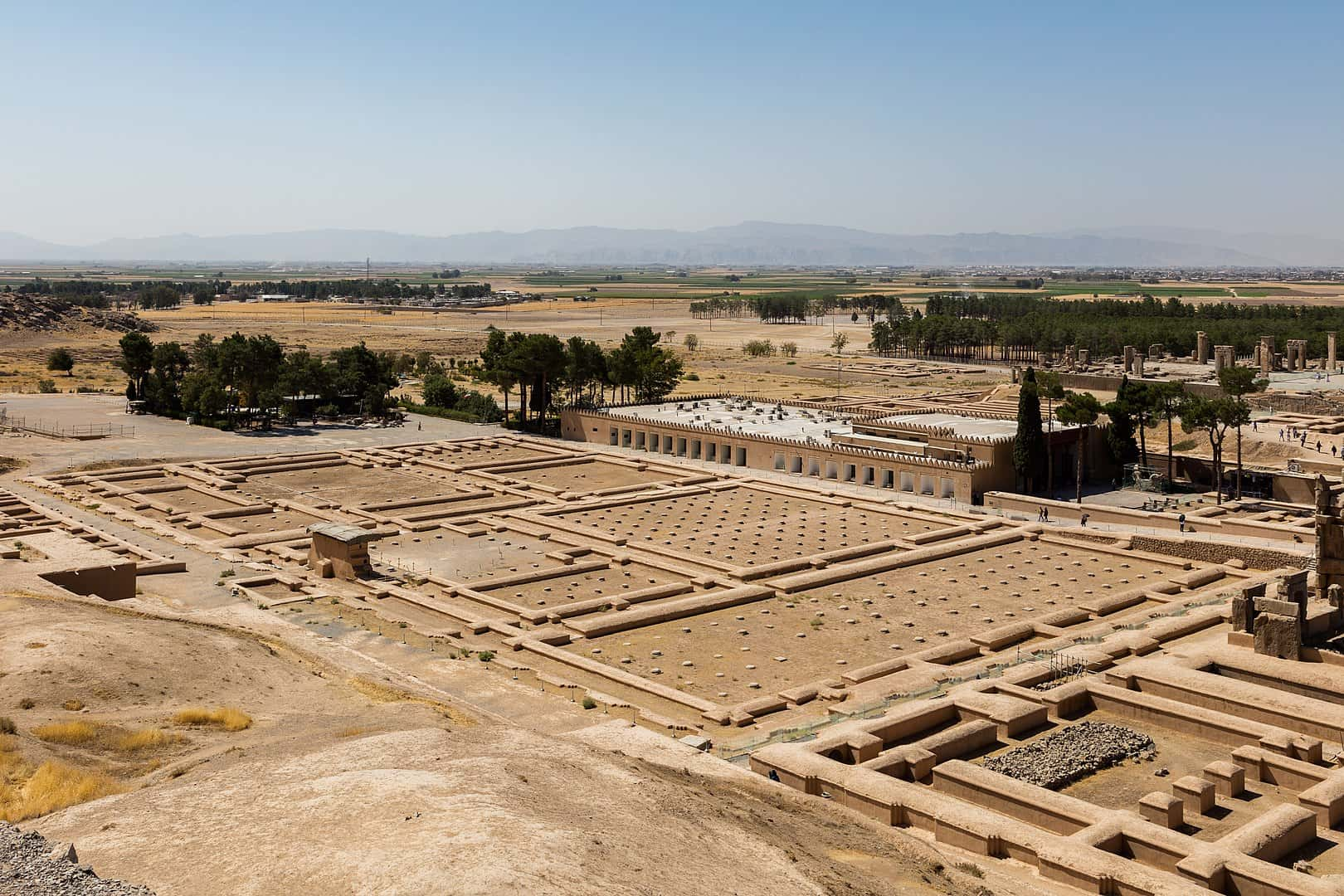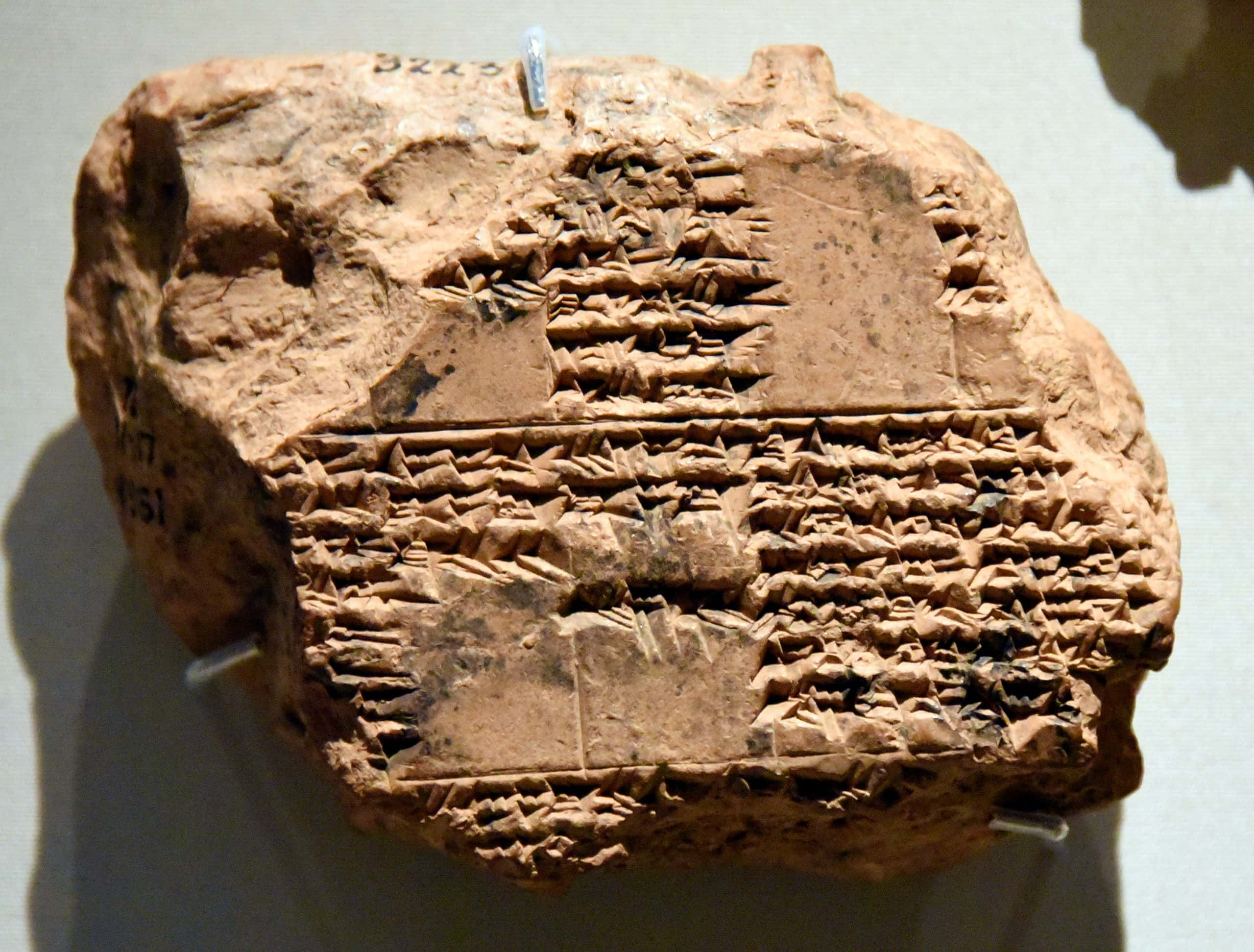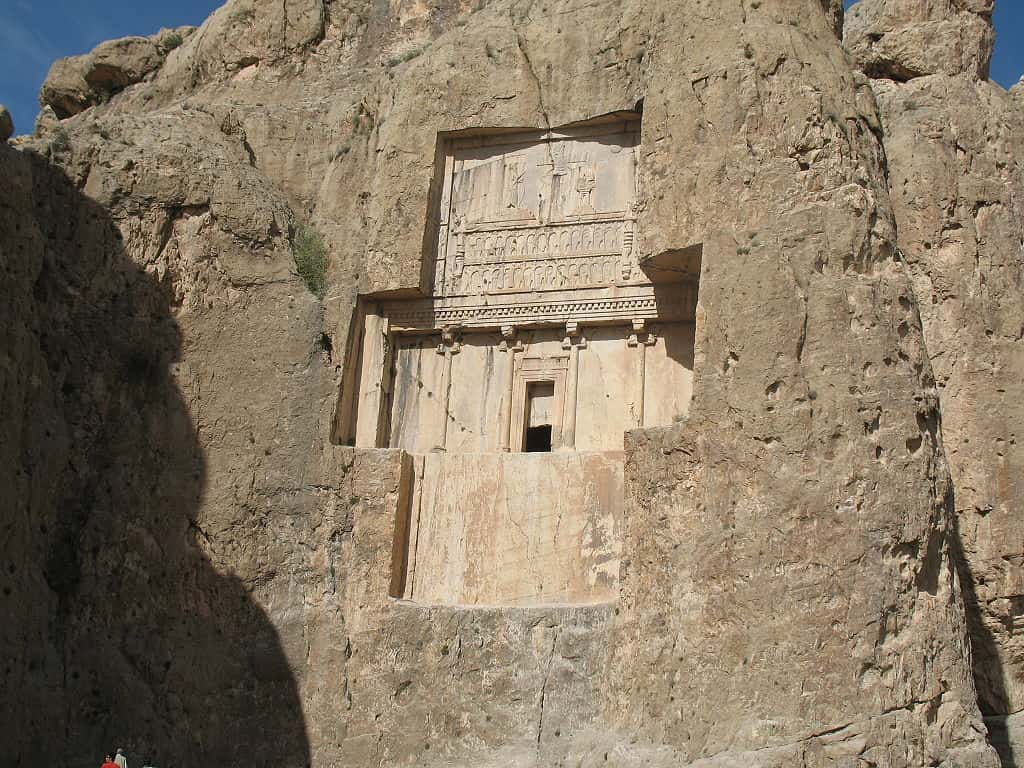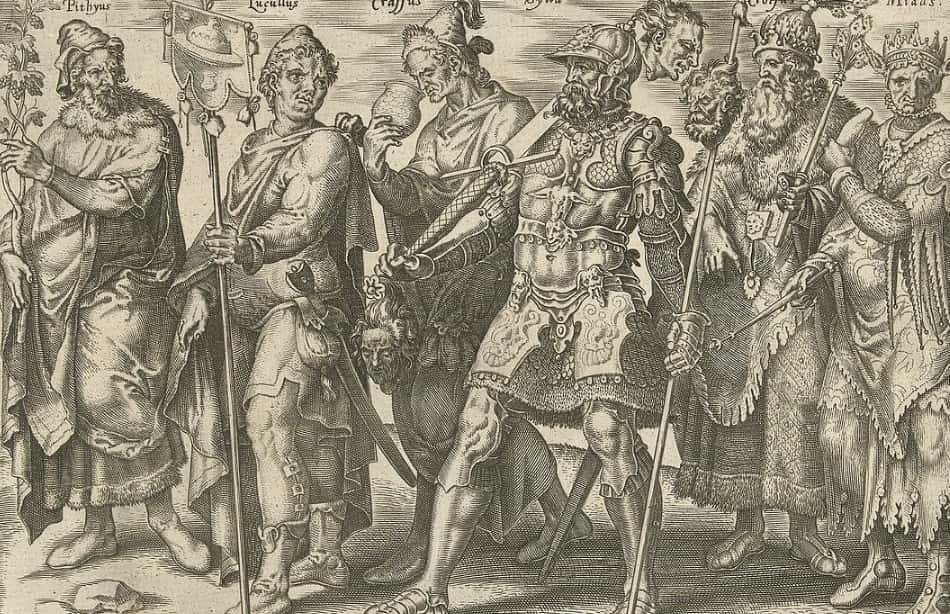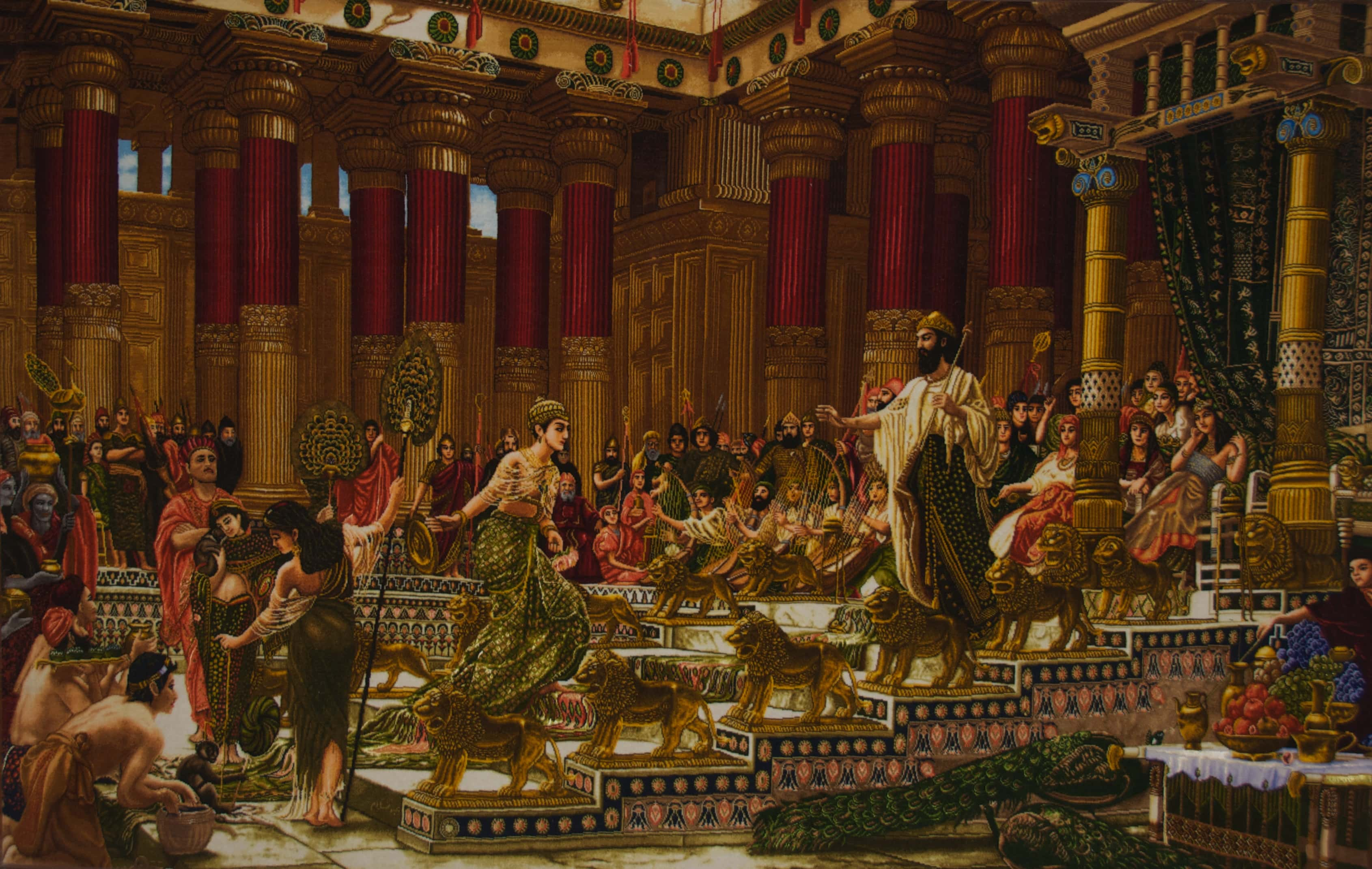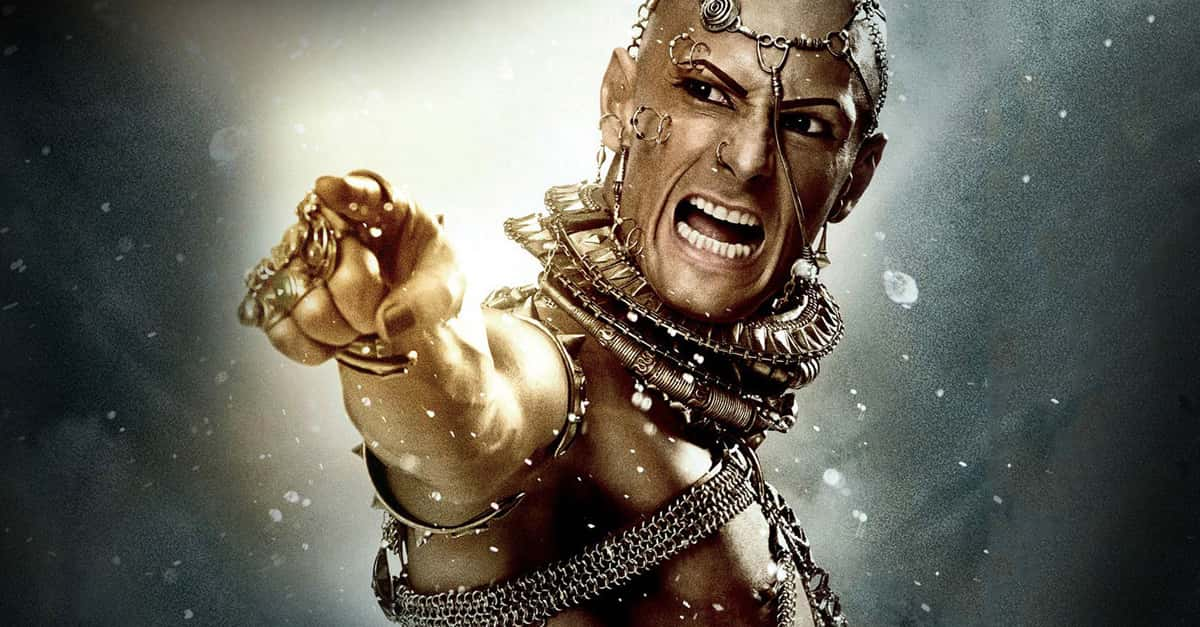We’re probably all familiar with the Battle of Thermopylae thanks to the 300 film franchise. In both the films produced thus far, the villain of the story is the giant, heavily bejeweled Persian king known as Xerxes. Western history has constantly maintained that Xerxes was a monstrous tyrant hell-bent on making the Greeks yet another race of people whom he enslaved. But is that really an accurate depiction of Xerxes? Was he really that evil? What else did he do in life? Find out all about the real Xerxes below!
Facts About Xerxes I
1. First Thing’s First
Contrary to how the western world has operated for centuries, the correct pronunciation of Xerxes’s name is not “Zerkseez.” The spelling and pronunciation of his name have been badly misinterpreted and mistranslated by Western sources over the years. The correct pronunciation of the Persian king’s name would actually be much closer to the name “Khashayar,” a name that is still regularly used within the modern Iranian population.
2. Why Him?
People tend to forget that Xerxes was actually known as Xerxes the Great. He continues to bear that moniker to this day in certain history books. If you’re puzzled as to what Xerxes could have done to earn that nickname, we suggest you keep reading.
3. Descended from Success
Not only was Xerxes called “the Great,” but his father and grandfather (Darius and Cyrus, respectively) were also called “the Great.” Cyrus, in particular, is frequently credited with making the Achaemenid Empire (often known as the Persian Empire) as powerful as it became.
4. Birth of a King
Xerxes was born 519 BC in Persia. He was a son of King Darius I and Atossa, two cousins within the royal family that ruled Persia. This family was known as the Achaemenids, named for their ancestor, King Achaemenes.
5. I’m Just a King, not a God!
Contrary to what certain portrayals have depicted, Xerxes would never have referred to himself as a god. The Persians mostly embraced the Zoroastrian faith, which believes in a single god who was above the Persian king. In fact, most scholars accept that the Zoroastrian god is essentially the same deity as the one from the Abrahamic faiths! How ironic that western society would demonize this man for attacking the pagan Greeks despite him being far closer to a Christian than the Greeks would be for centuries!
6. A Man of Many Crowns
As the ruler of the Persian Empire, Xerxes held a number of impressive titles. One of these was King of Kings, in reference to his rule over the many different facts of the Empire. Another title he held through conquest was Pharaoh of Egypt.
7. Bye, Dad
By 486, Xerxes’s father was in failing health while dealing with a rebellion in Egypt against Persian rule. Persian law dictated that a king must name an heir before he went off to risk his life. As a result, the aging Darius I prepared his tomb in advance of his death and named Xerxes his heir in case he didn’t return. Ultimately, though, he wasn’t even able to lead the expedition in the first place and died that year at 64 years of age.
8. King of Nepotism
When Xerxes became king, he immediately had to deal with the revolt in Egypt. After it was defeated, Xerxes appointed his brother, Achaemenes, to the position of satrap (governor) of Egypt. Achaemenes would maintain this position until his death in 459 BC.
9. By Right and by Blood
Xerxes being named the heir to his father caused a bit of controversy, as he wasn’t actually the king’s eldest son. However, Xerxes’s mother was a daughter of Cyrus the Great, and Xerxes was her eldest son. So while Xerxes's older brother Artabazenes laid a claim to the throne, his mother was a commoner, so he lost out to the more royal Xerxes.
10. By the Waters of Babylon
In 484 BC, Xerxes enraged the population of Babylon when he took a sacred statue of the god Bel and melted it down. To the Babylonians, this was a sacred statue with a long history, and Xerxes’s actions caused the Babylonians to revolt against him that same year and 482 BC.
11. Late Bloomer
Xerxes was a mature 34 years old when he succeeded his father as King of the Persian Empire. By contrast, Alexander the Great didn’t even live to be 34 before he died!
 Alexander (2004), Warner Bros.
Alexander (2004), Warner Bros.
12. Written by the Victors
In 472 BC, the Greek writer and playwright Aeschylus presented his play The Persians, a tragedy with Xerxes as the protagonist. The focus is placed on the disastrous defeat of the Persian fleet at Salamis, and how the gods punished the Persian king’s hubris. Given that it was written by an Athenian, the play draws out the humiliation of Xerxes as he returns to Persia with his tail between his legs, having to explain to his mother just how badly things got screwed up. We’re seeing a bit of cultural bias here…
13. What to Do…?
While Xerxes was long dead by the time Alexander the Great conquered the Persian Empire, his likeness did put Alexander in a quandary serious enough to be mentioned by the historian Plutarch. Allegedly, while Alexander’s army was looting the ancient capital of Persepolis, Alexander came across a statue of Xerxes, which had been toppled during the chaos. Torn between the Greeks’ desire for vengeance and his own desire to rule the Persians, Alexander looked down at the fallen statue and spoke to it as if Xerxes could hear him. According to Plutarch, Alexander asked, “Shall I pass by and leave you lying there because of the expeditions you led against Greece, or shall I set you up again because of your magnanimity and your virtues in other respects?” Alexander would eventually walk past the statue, but as his own future actions proved, his one-sided talk with Xerxes’s statue marked a change of attitude in Alexander towards the Persians.
 Alexander (2004), Warner Bros.
Alexander (2004), Warner Bros.
14. Fairly Middling Depiction
Those knowledgable in the Bible and Torah will know Xerxes as Ahasuerus, the Persian king who marries a Jewish woman named Esther. Of course, in these holy texts, Xerxes is a mercurial man who replaces his queen when she won’t arrive at a party to show off her beauty to the king’s drinking companions. Esther is then brought in to replace her, only for Esther to manipulate the king into helping her people take action against all those who threaten them. Given how villainous Xerxes is portrayed in other literary texts, it’s safe to say that this might be one of the most positive ones to be found in western civilization!
15. The More the Merrier!
Despite this portrayal in the Bible and Torah, the story of Xerxes and Esther loses a bit of uniqueness when you remember that Xerxes had far more than just one wife. Xerxes was famously indulgent when it came to women, and he kept a harem full of wives.
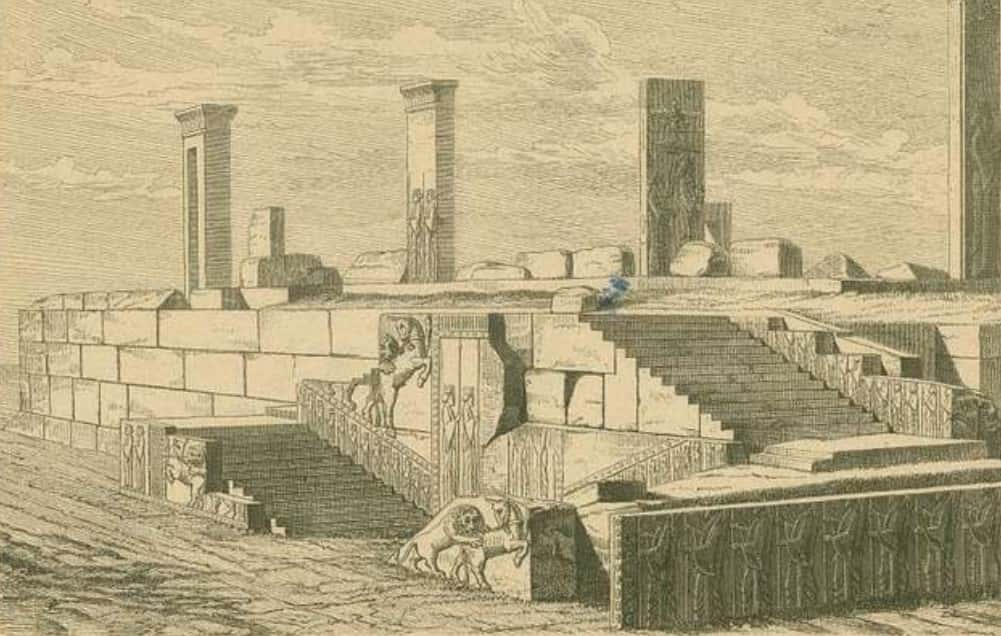 Picryl
Picryl
16. Just Another Day for Frank
In 1998, controversial artist Frank Miller released the comic series 300. While undoubtedly popular, the comic was harshly criticized for its inaccurate portrayals of the time period and the people involved in the Battle of Thermopylae. Xerxes, in particular, is portrayed as an enormous man of androgynous appearance, covered in jewelry. Unsurprisingly, Xerxes’s overly villainous portrayal was not appreciated in Iran.
17. The Mountain that Offends
The complaints about Miller’s historical inaccuracies and perceived racism towards the Persians and their allies were only increased when the film adaptations 300 and 300: Rise of an Empire were released. Brazilian actor Rodrigo Santoro was cast as Xerxes, no doubt because of Brazil’s close proximity with Iran. Oh wait…
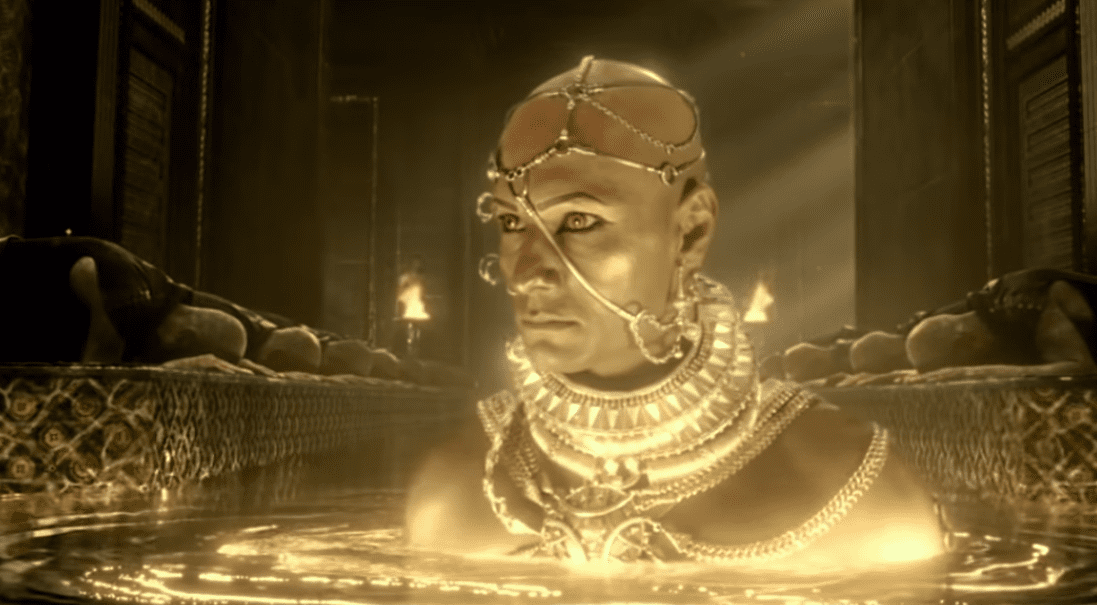 300: Rise of an Empire (2014), Warner Bros.
300: Rise of an Empire (2014), Warner Bros.
18. Wait! Who Started it??
It is a common belief that Xerxes was ambitiously invading Greece because he couldn’t stand someone living free outside of Persian rule. However, Xerxes didn’t start this ambition; he inherited it. His own father, Darius, invaded Greece following an attack by Greek soldiers upon the prominent town of Sardis in modern-day Turkey. Admittedly, it’s debatable who did what, but the fact remains that the Persian invasions of Greece were hardly as clear-cut or one-sided as western history would want you to believe!
19. Fine, Only Because You Asked
Even with the precedence of his father’s plans to re-invade Greece, Xerxes still needed to be persuaded to bother invading Greece. In fact, it was only through the efforts of his general, Mardonius, that Xerxes greenlit the old plans of invasion to keep moving forward (more on Mardonius later).
20. Don’t Make Me Laugh
Most of you probably won’t remember the 2008 film Meet the Spartans, a parody of the first 300 film. Xerxes is portrayed by Ken Davitian, who you might remember for playing the second lead in Borat. Whether that’s more fitting casting than the actual 300 film is up for debate.
21. How Do I Look?
According to depictions of Xerxes in Persian stonework, he long hair that curled, as well as a very thick beard, as was the fashion among the Persians during that time. Also, per the Persian customs, Xerxes allegedly had earrings, but those seem to be the only piercings that he had on his person.
22. Imagine Him in a Construction Hat!
Aside from war, one thing which defined Xerxes’s rule was his love of grand building projects, though, admittedly, some of them had carried over from his father and grandfather’s reigns due to their vast scope. Others, however, came purely from Xerxes’s love of grandeur and accomplishment. Two buildings with Xerxes’s personal touch on them were the Gate of All Nations and the Hall of a Hundred Columns, both of which were in the Persian capital of Persepolis.
23. 1000 Nations of the Persian Empire!
The massive army assembled by Xerxes to invade Greece was a truly multinational army (so that’s one thing 300 did get right). Aside from native Persians, Xerxes’s army also included Assyrians, Phoenicians, Egyptians, Indians, Hebrews, Macedonians, European Thracians, and even other Greeks.
24. Glory and Gore Go Hand-In-Hand
In 1981, American author Gore Vidal published his book Creation, a work of historical fiction which focuses on the rise of the Achaemenid dynasty. Special focus is given to Xerxes’s father, Darius I, but Vidal does describe the life and death of Xerxes as well.
25. Oh God, You Devil!
At the time of Xerxes’s invasion of Greece, the Greeks might have counted on the support of their fellow Greeks in Sicily, particularly in the powerful kingdom of Syracuse. However, the kingdom of Carthage invaded Sicily at the absolute worst time and Syracuse never sent any help to Greece. Ancient historians were convinced that Xerxes was behind the Carthaginian attacks, but this claim is often dismissed as the Greeks vilifying an enemy into an evil genius responsible for everything going wrong.
26. He Seems Like a Reasonable Guy!
It would be all fine and good for the Greeks to vilify Xerxes’s reputation in the history books by accusing him of enslaving his men to fight in the vast Persian army. The irony, of course, isn’t just that the Spartans themselves brought slaves to the Battle of Thermopylae. An extra layer of irony is that Xerxes’s own grandfather, Cyrus the Great, established a complete abolition of slavery within the Persian Empire. Xerxes didn’t break from gramps’ precedent, either. In his kingdom, slaves weren’t allowed, and all people had specific inalienable rights.
27. As Played By…
Because of Xerxes’s appearance in the story of Esther, various Biblical film adaptations have portrayed the Persian king when telling Esther’s life. Xerxes was portrayed by Luke Goss in One Night with the King, Joel Smallbone in The Book of Esther, and Richard Egan in Esther and the King.
28. Thanks, Sparta!
Ironically, it was a Spartan king that helped Xerxes become king in the first place! Demaratus was an exiled king of Sparta who happened to be in Persia when Xerxes was busy securing his place as heir despite not being the eldest-born son of Darius I. Demaratus pointed out that in Sparta, it wasn’t necessarily the eldest-born son of the king who became the heir, but rather the eldest-born son of the king after he was crowned. Any kids born before the king was crowned didn’t count. Since Xerxes fit Demaratus’ criteria, he used that as a further argument in favor of himself.
29. How Many in Your Company?
According to Greek historian Herodotus, Xerxes’s army numbered one million troops. Of course, this number has been heavily disputed ever since. Some modern historians even estimate that Xerxes’s forces were as few as 60,000.
30. Don’t Worry, Be Happy!
If you visit the ruins of Persepolis, you can still see the ancient Persian script which depicts Xerxes’s determination that people had a right to be happy. He believed that a right to happiness was a gift to humankind given by the deity Ahura Mazda. For those of you not paying attention, this was long before Thomas Jefferson ever drew breath, let alone wrote about the “pursuit of Happiness.”
31. And Xerxes Wept
One anecdote about Xerxes during the invasion of Greece took place just before everyone was set to cross the bridge of ships. While Xerxes initially took great satisfaction in seeing the might of his army, he suddenly began crying. When asked what the matter was, Xerxes remarked that he was reflecting on how short life is, and none of the brave men of his army would be alive in even a hundred years’ time.
32. The Turn of the Tide
Xerxes eventually defeated Leonidas at Thermopylae and sacked the city of Athens (although it had been deserted by its population before the Persians arrived). From there, the Persian fleet engaged the combined Greek fleets at the straits near Salamis. Xerxes was so confident in his fleet that he ordered a throne set up in full view of the straits so he could get a front-row seat to the action. We can only imagine the look on his face when the Persian fleet was annihilated!
33. An Awkward In-Law Relationship
After Xerxes, nine more men of the Achaemenid family would rule as King of Persia before the successful conquest of the Persian Empire by Alexander the Great. After that, Alexander took the Persian throne for himself, taking the daughter of King Darius III, called Stateira or Barsine, as one of his wives.
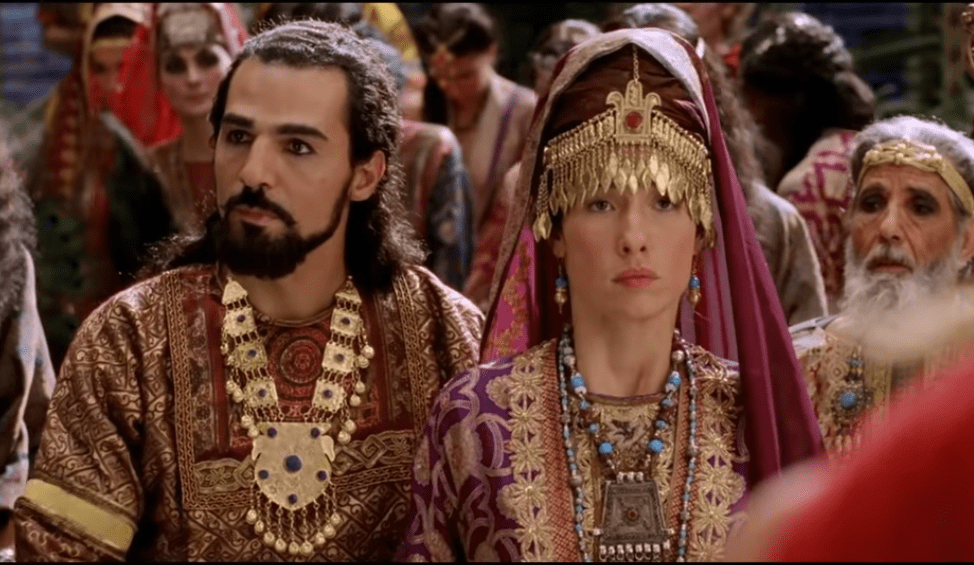 Alexander (2004), Warner Bros.
Alexander (2004), Warner Bros.
34. Get Out While You Can
Following the disaster at Salamis, Xerxes was convinced that the Greek fleet might next attack the bridge of boats over the Hellespont in order to eliminate the Persians’ line of retreat. As a result, Xerxes chose to cut his losses by taking most of his army back across the sea. He left a considerable army behind to conquer Greece, but this army was wiped out at the Battle of Plataea by a combined force of Greek soldiers.
35. Not Again, Babylon!!
Aside from his fear that the Greeks would trap him in Europe, there is another reason given for why Xerxes abandoned the invasion when he did. Conflicts in Babylon had begun again while Xerxes and so many of his forces were abroad. This prompted Xerxes to take most of his troops back to Persia in order to put down the rebellion.
36. My Bad
After his invasion’s defeat, Xerxes would actually go on to express remorse for one aspect of how he carried out his campaign. Incredibly, his one regret was the decision to burn down the majority of Athens’ buildings when his army took control of it. At the time, he’d lost his temper regarding Athenian defiance, and was in a vindictive mood when he reached their city. Xerxes would allegedly regret his anger in destroying the city. Almost fittingly, this rash decision led to a deep-seated desire for Greek vengeance which eventually resulted in the destruction of Persepolis.
37. Persian Game of Thrones
In the summer of 465 BC, the aging Xerxes was assassinated by Artabanus, the commander of his own bodyguard, and Aspamitres, a eunuch. Sources are unclear about the details, but Xerxes’s son and heir, also named Darius, was killed around the same time as his father. The rest of Xerxes’s family was at risk of being completely overthrown until Xerxes’s second son, Artaxerxes, took power and avenged his father’s death.
38. Go Meet Xerxes!
Xerxes was entombed alongside his father at Naghsh-e-Rostam. This historical landmark lies outside of Shiraz and is a burial place for kings of the Achaemenid dynasty. As of 2019, the landmark continues to stand and can be visited.
39. And Don’t You Do That Again!
All positive traits aside, Xerxes did allegedly have a very short fuse, and he wasn’t afraid to lose his temper when he got in the mood. The most famous example of such was when he was preparing to invade Greece by building a bridge of boats across the Hellespont (a narrow strait separating Turkey from Europe). When the ships were blown off course by a storm, the furious king blamed the sea for disrupting his plans. As a result, he commanded the sea be given 300 lashes as punishment. While you may laugh at that kind of thinking, the next attempt to build the ship-bridge was successful!
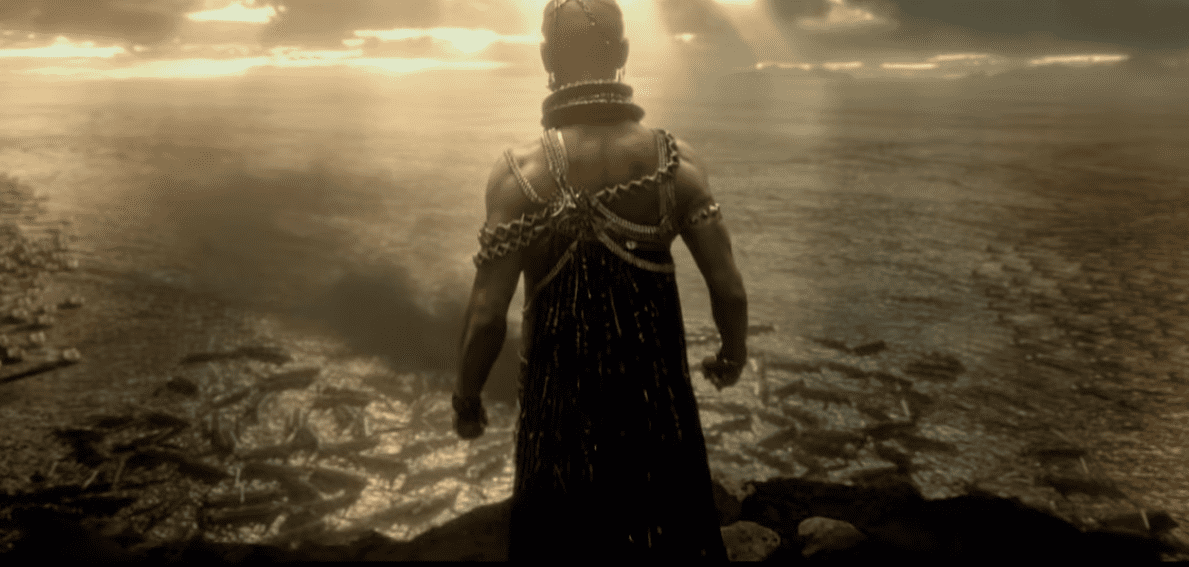 300: Rise of an Empire (2014), Warner Bros.
300: Rise of an Empire (2014), Warner Bros.
40. Good Guy
In just one of the many interesting anecdotes about Xerxes, he visited the home of his powerful nobleman, Pythius of Lydia, on the way to invade Greece. Xerxes had already conscripted Pythias’ five sons for the invasion, but Pythias was eager to show his loyalty to the king. Xerxes was so impressed by the lavish feast awaiting him in Pythius’ home that he refused Pythias’ offer of money to the war effort. In fact, Xerxes gave Pythius some of his own treasure in gratitude for the man’s support.
41. Bad Guy
Sadly, there’s a terrifying epilogue to Xerxes and Pythius’s interactions. Just before the Persian army was set to cross the Hellespont, a solar eclipse occurred. Xerxes was eager to ignore his seers’ warnings of disaster, but Pythius was a bit more superstitious. Hoping that Xerxes was still in a good mood, Pythias allegedly asked the king to let his eldest son come home so he would be able to keep one of his kids alive. This lack of confidence in Xerxes so enraged the king that he took Pythius’ eldest son, cut him in half, and had his army march between the two halves!
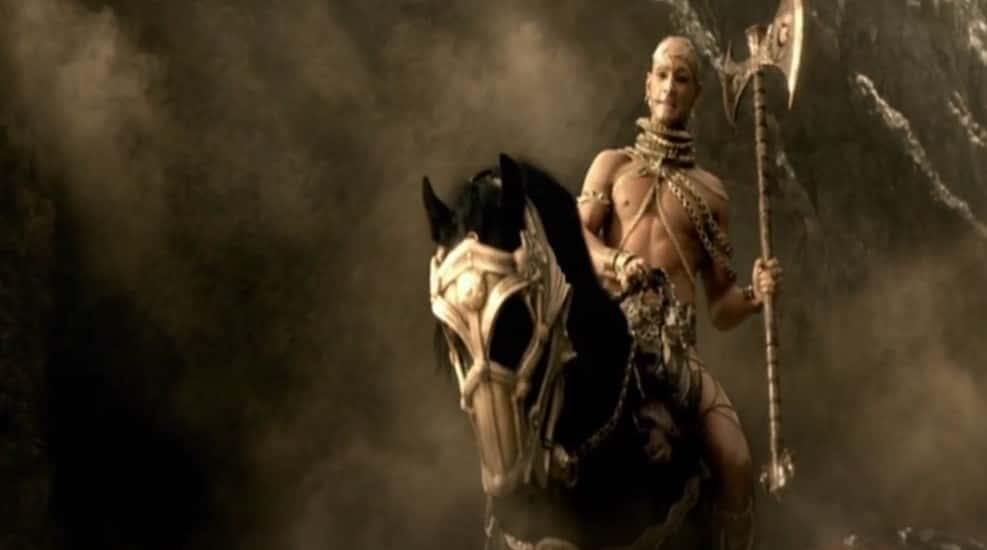 300: Rise of an Empire (2014), Warner Bros.
300: Rise of an Empire (2014), Warner Bros.
42. Thank Goodness Napoleon Will Screw Up Worse Than Me!
Although Xerxes had taken a large number of troops back with him on the journey home, there was a serious problem when they retraced their steps back home. Xerxes’s army had previously cleaned out the land of food. Even Xerxes wound up going hungry, allegedly surviving on bark and roots on the way home. Many of his troops either starved to death or died of sickness.
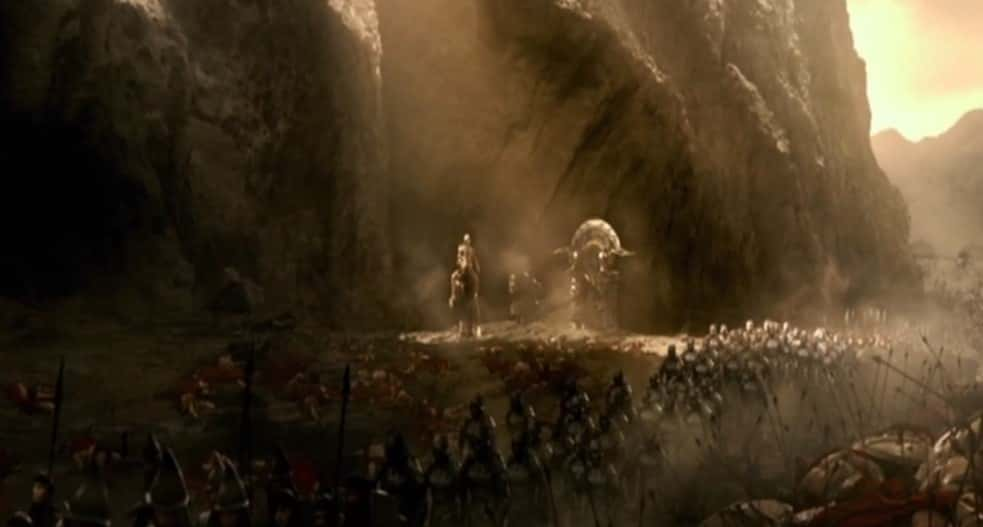 300: Rise of an Empire (2014), Warner Bros.
300: Rise of an Empire (2014), Warner Bros.
43. A Feud to Make Titus Andronicus Blush
Aside from his defeats in Greece, an alleged low point for Xerxes on a personal level was the problem concerning his affairs. A devoted womanizer, Xerxes began an affair with his niece, Artaynte. When Xerxes’s wife heard of the affair, she ordered Artaynte’s mother to be brutally mutilated in revenge (we’ll spare you the gruesome details). When Xerxes’s brother understandably went on the warpath, Xerxes killed said brother, his nephews, and every man who rallied to their cause. Of course, we have to remember that the source for this story was the Greek Herodotus, whose histories have to be taken with a few grains of salt.
Sources: 1, 2, 3, 4, 5, 6, 7, 8, 9, 10, 11, 12, 13, 14, 15, 16, 17, 18, 19, 20, 21, 22



